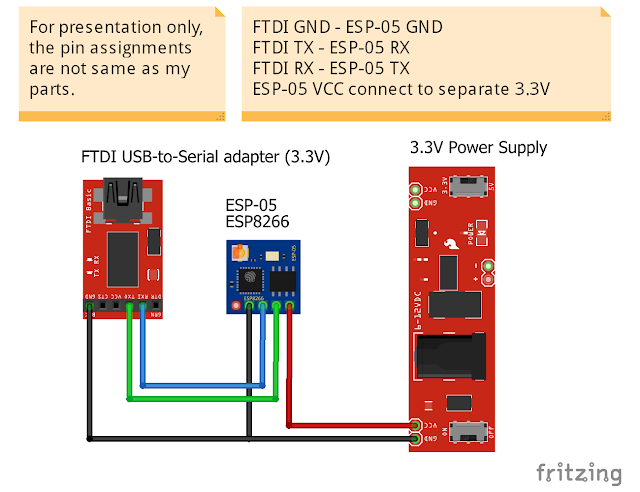
Java Rxtx Usb Serial Ch340 Driver
• return to home • Let there be Light • Getting in Touch - Our 1st Project • 8x8 Segments with Ping Pong Ball Diffusors • 32x16 and Plexiglass Diffusor • Rotating Sphere with 40 RGB Leds • Project Reproductions • by Falko • by Michael T. • by Pedro V. • by Cidrix • Electronic Components • Ethernet to UART, DMX and SPI • Universal Board for 16x8 TrueColor Matrix • Intermatable LED Matrix with Controller • Let the ape make the job • Control and Simulate • Graphical LED Installation AnimaTOR • 3D Simulation of Rotating Sphere • Projects for Fun • Temperature and Humidity • Autofading • If your Friends Like to Solder • An endless LED string • Made of WS2801 • 4 channel LED strip IR and Bluetooth controller • External Link •. Glediator - LED Matrix Control Software Glediator stands for Graphical LED Installation Anima TOR and is a small piece of software to control led matrix and led stripe installations. Glediator is written in Java and thus platform independent. Glediator can drive led installations made of: • our, • stripes & matrices made of WS2801 pixels, • stripes & matrices made of WS2811 / WS2812 pixels (also called Neo-pixels), • any light installation that receives ArtNet data, as well as • any light installation that receives TPM2 & TPM2.Net data. On (external link) you will find a lively discussion about Glediator and ongoing progress (became a really long thread meanwhile).
Java Rxtx Usb Serial. A New Software Serial Library. The following drivers are for use with CH340 / CH341 USB to Serial chip. Thanks for software my ardunio.
Glediator in action This clip is showing an old version of Glediator since there are drastic changes to the curent version an updated clip will be added soon. Installation Just download the zip file of the latest software version from the and extract it to a folder on your local hard drive. To be able to use Glediator's serial output you will have to install the RXTX library on your system. A simple google search for 'RXTX' followed by your system (e.g.
'Win 7 64bit') will guide you easily to the RXTX page were you will find corresponding files for download as well as a short installation manual. It's really not a big deal. Just start Glediator by a double click on 'Glediator.jar' or by using the command 'java -jar Glediator.jar' from within a console.
Data output Glediator can shift data out via serial interface (COM ports as well as virtual COM ports) and via Ethernet (ArtNet, TPM2.Net). The serial interface can be adjusted up to 1000000 baud allowing to push out frames as big as about 1000 pixels with a frame rate of 24 FPS. Via Ethernet much bigger matrices can be supplied with data. Glediator has no restrictions to the matrix size. However, you will certainly come to the point were the power of your PC's CPU will not be sufficient to calculate huge matrices in the range of 200x200 Pixels. Stripes & Matrices made of WS2801-Pixels If you want to control an LED stripe / matrix made of the legendary WS2801 pixels and you have an Arduino you can just download the Arduino sketch from and operate your matrix by Glediator!

The baud rate in the firmware is set to 500000 baud. If you configure Glediator output just choose this baud rate, select 'Glediator Protocol' as output type and select your particular pixel oder / board order (latter one only if you divided your matrix into sub matrices). Choose your Arduino's COM port and your are done. Anno 1404 venice klyuch aktivacii. The firmware can handle up to 512 Pixels on an Arduino UNO / Leonardo / Micro / Mini.
If you have a bigger matrix / stripe we also have a version of the. If you use it you have to set baud rate within Glediator to 1000000 baud!! It also may be necessary to disable the 'auto reset' function of the mega (depends on your particular version). How to do this can be figured out with a simple google search! The Mega's version of the WS2801 firmware can handle up to approx. Note: In both version of the firmware you have to adjust the number of pixels in the header of the code before uploading it to the Arduino.